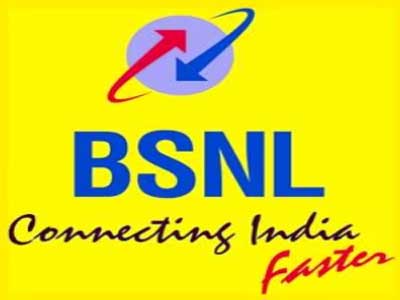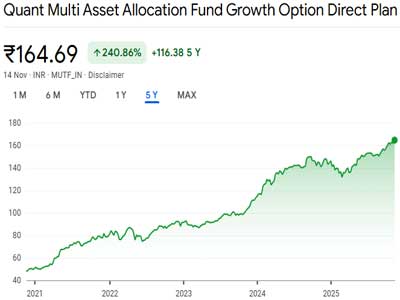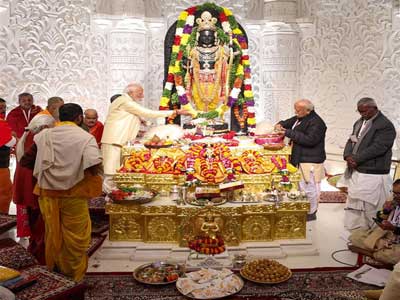When Prime Minister Narendra Modi visited the RSS headquarters in Nagpur recently, did he discuss a succession plan if he decides to quit in September after turning 75? Who will succeed Modi? This question is being asked in the political corridors of many state capitals. Even the opposition is waiting for a breakthrough should there be a change at the top.
Modi will be 75 on September 17, reigniting speculation about his political future. Within the Bharatiya Janata Party, an informal convention suggests that leaders step down from active roles at 75, though this is not a codified rule.
Read in HIndi: मोदी के बाद कौन? योगी या अमित शाह…!
So far Modi has not indicated any intention to call it a day, and senior party figures, including Home Minister Amit Shah and Maharashtra leader Devendra Fadnavis, have clarified that Modi will continue leading the BJP beyond 2025, possibly through the 2029 general elections.
Modi has steered the BJP to resound electoral victories and reshape the country’s political landscape. Economic reforms, assertive nationalism, and a focus on infrastructure development have marked his tenure. With a strong grip on both governance and party organization, Modi’s leadership remains crucial for the BJP. But then this is politics, and all politicians have ambitions. Therefore, discussions about succession within the party are inevitable as PM Modi nears the informal age benchmark.
The BJP’s leadership transition is deeply intertwined with the Rashtriya Swayamsevak Sangh, its ideological parent. While the RSS has traditionally played a role in leadership decisions, Modi’s strong individual appeal has somewhat diluted this influence. If he were to step down in 2025, the BJP’s next leader would need to balance party ideology with broad electoral appeal. The new leader should be a vote puller, capable of winning elections for the party.
As things stand today Home Minister Amit Shah seems a natural alternative, having been politically groomed by Modi himself. Modi’s closest ally, Shah has been a key strategist behind the BJP’s electoral successes. Dubbed the “modern-day Chanakya”, he commands significant authority within the party. In August 2024, a leading magazine’s ‘Mood of the Nation’ poll indicated that 25 per cent of respondents saw him as Modi’s likely successor. However, his polarizing style and the challenge of expanding BJP’s voter base beyond core supporters could be his chief limitations.
Next in line is Yogi. The Chief Minister of Uttar Pradesh, Adityanath is a firebrand Hindu nationalist with strong appeal among BJP’s base. His tough governance and law-and-order stance have earned him a dedicated following. Despite a dip in his popularity from 25 per cent in 2023 to 19 per cent in 2024, his control over Uttar Pradesh—a crucial electoral battleground—positions him as a formidable contender. However, his lack of RSS background may work against him in leadership deliberations.
A compromise candidate could be the Union Minister for Road Transport and Highways, Nitin Gadkari. He is known for his administrative efficiency and bipartisan appeal. With 13 per cent support in the 2024 survey, he remains a respected figure. Though he is close to the RSS, he lacks the mass charisma of Modi or Shah, making him more of a consensus candidate than a populist leader.
The former Madhya Pradesh Chief Minister and current Union Agriculture Minister, Shivraj Singh Chouhan’s popularity has risen due to his focus on rural welfare. With a softer leadership style and a 5.4 per cent backing in 2024, he is emerging as a potential alternative.
Another candidate could be Nirmala Sitharaman, the current Union Finance Minister. Sitharaman has played a crucial role in steering India’s economic policies, particularly during challenging times like the COVID-19 pandemic. While she does not have a mass political base, her administrative expertise and alignment with Modi’s economic vision make her a potential candidate for key leadership roles within the party, possibly as a senior policymaker or a guiding figure in government.
One person who has impressed everyone with his passion and zeal for foreign affairs is S Jaishankar who as the External Affairs Minister, has been instrumental in shaping India’s foreign policy and enhancing its global stature. Though not a career politician, his strategic insights and diplomatic prowess make him an influential figure in BJP’s governance framework. If not in a direct leadership role, he could continue playing a critical part in shaping India’s international engagement and national security strategies.
The BJP’s choice of Modi’s successor will depend on internal power dynamics, electoral strategies, and RSS preferences. Modi has famously stated, “I do not have any successor, the people of this country are my successor,” indicating he may not explicitly endorse anyone. If he continues beyond 2025, he will likely guide the transition process towards the 2029 elections. In the event of an earlier departure, Shah and Adityanath remain the strongest contenders, with Gadkari, Chouhan, Sitharaman, and Jaishankar as possible alternatives in varying capacities.
Political observers however believe that Narendra Modi will most likely get an extension and will lead the NDA through the 2029 Lok Sabha polls.


















Related Items
BSNL offers a mobile plan dedicated to students
How political parties became corporates…!
Bihar: In whose favour the political wind blowing…?